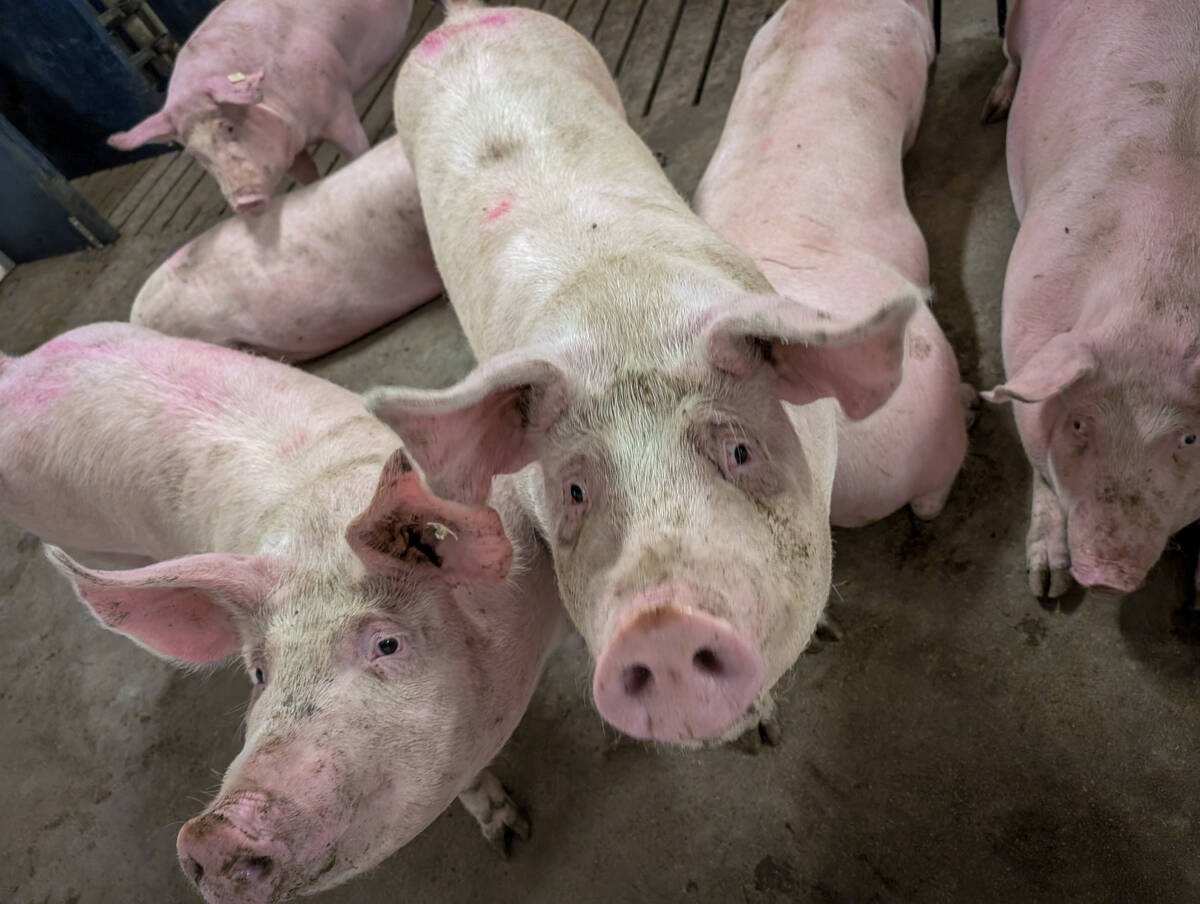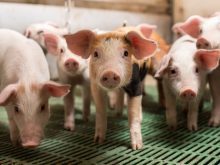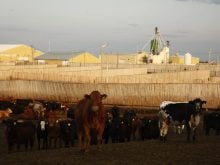LETHBRIDGE, Alta. – If we are to feed a growing world population, irrigation must play a greater role in boosting food supplies, said Aly Shady at the Alberta Irrigation Projects Association meeting in Lethbridge.
He said more grains and vegetables must be grown to meet the world’s food shortages and that means more irrigation is needed.
“Our challenge for the next century is land and water. We can’t deal with one without the other,” said Shady.
India, China, Pakistan and the United States are the world’s largest irrigators. About one third of the world’s irrigation happens in Asia where it is used to grow rice. Grain is usually grown in semi-arid regions.
Read Also

Pork sector targets sustainability
Manitoba Pork has a new guiding document, entitled Building a Sustainable Future, outlining its sustainability goals for the years to come.
India and China were the only two countries to expand their irrigation capacity in recent years. However, both are expected to reach their limits soon.
To meet future food needs, Shady predicts 30 percent more irrigation is needed throughout the world.
More dams and extra water storage are needed even though some environmental groups oppose such construction.
Water, irrigation needs and food shortages will be discussed at an international meeting held in Montreal on July 21-28.
For further information on the work of the International Commission on Irrigation and Drainage or the conference, visit its website at www.icid.org.















